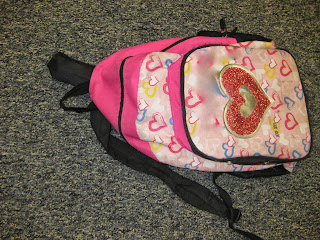The vestibular system, located in the inner ear, is made up of three
major semicircular canals which are responsible for our sense of
balance, spatial orientation, and our sense of movement. Fluid, located
in the three canals, orients our head in space and provides feedback
during movement.
When the vestibular system fails to process
sensory information correctly, other senses such as auditory, visual,
and proprioceptive integration can be skewed.
John:
Children with
vestibular processing issues exhibit certain characteristics that affect
their ability to play and learn in their environment. While working in a
center based school. I worked with a young 3 year old boy we'll call John. Along with other developmental issues, John presented with a hyperesponsive
vestibular system.
John's reactions to sensory stimulation:
- Tolerates up
and down movements while bouncing on a peanut therapy ball.
- Side to side movements on the ball upset John.
- While on the net swing, John was
able to swing forward and backward slowly for a short time but could not tolerate spinning or
swinging in any other direction.
- While interacting with his environment,
John would keep his head straight without turning or tilting out of
midline.
- Instead of turning his head, he would move his entire body to
face something he was interested in or to look at me during therapy.
- Very limited eye movements, cannot isolate eye movements and head movements.
- Moderately defensive to tactile stimulation-reluctant to touch beans and rice, would touch lightly with finger tips only.
- Will cross midline to participate in activities.
- VERY brief visual attention to task.
John resists vestibular input, he displays issues with fine
motor coordination, postural control such as trunk and shoulder
stability, attention, and visual motor control.
These issues will significantly affect John's ability to develop the skills necessary for handwriting in the future.
Components of handwriting:
-visual motor skills
-visual perception skills
-fine motor skills
-trunk control and shoulder stability
When
reading through the research, it is clear that we know a lot about the
affects of vestibular difficulties and we know what is required for
handwriting. However, there has yet to be a study to link children with
vestibular processing issues to their ability to learn hand writing. As a
profession, we need more research in many areas and we stand to benefit
from understanding these effects.


